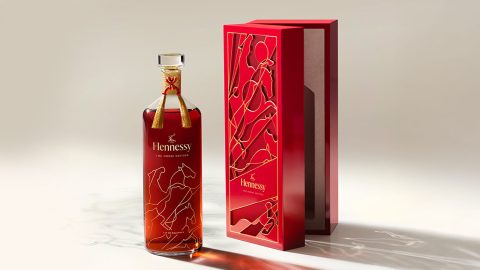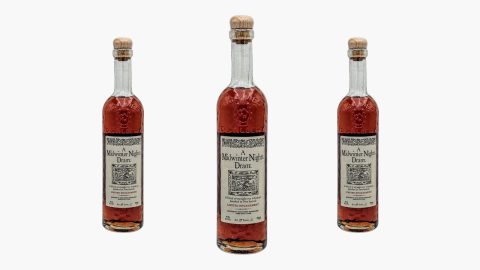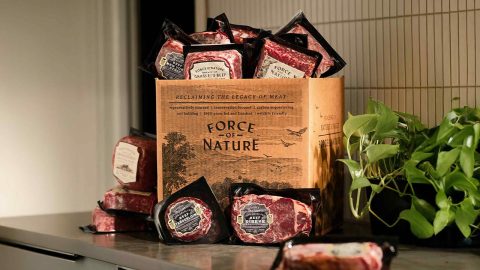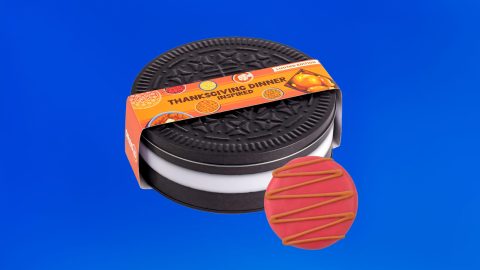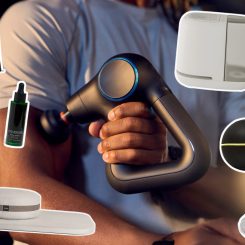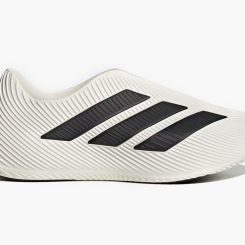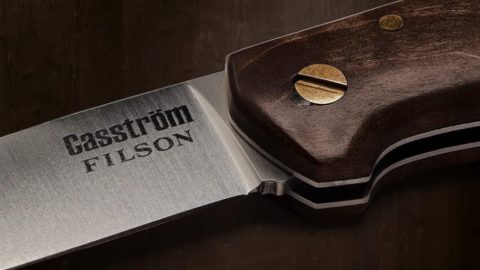The big boy. The steakhouse fave. The wine you’re just as happy to drink with your boardroom buddies while sealing a mega deal as you are to sip it in front of a roaring fire with your sweetie (bear-skin rug and Barry White CD sold separately). Cabernet Sauvignon is arguably the most recognizable red wine around. It certainly generates the most revenue; Cab accounted for $860 million in domestic direct-to-consumer wine sales in 2018 out of a total $2.2 billion. Interestingly, the same 2018 report that generated those numbers also says that nearly half of those Cab sales were attributed to Napa Valley’s cult wineries.
That’s good news for the Colgin Cellars and Harlan Estates of the world, but it also speaks to a notable lack of diversity as well as a growing allegiance to high-priced bottles – Harlan, for instance, easily runs about $600 per bottle retail while Colgin starts at about $135 but gets considerably pricier depending on the vintage.
Dark, sensual, and a tad mysterious, Cabernet is utterly delicious. Aficionados love the varietal’s signature combination of dark red and blue fruit, cedar and oak, warm backing spices, flinty graphite, and threads of tobacco and anise. Cab can be big and chewy (think Napa’s Howell Mountain) or elegant and refined (hello, Bordeaux), but the best examples often strain even generous budgets.
Stretch your wine wings and give your wallet a break by uncorking one of these three Cab alternative that exhibit many of the same qualities but with a few tasty twists.
Mourvedre
Also called Monastrell, Mourvedre is Spain’s answer to Cabernet. The same voluptuous mouthfeel, the same bounty of plum, blueberry, and blackberry, similarly hefty presence of tannins and acidity, but a bit more black pepper and floral notes and an intriguing meatiness that often mellows with a little air (this is one situation where a decanter can be your BFF) and proper serving temp (gamey wine only gets wilder when it heats up).
Mourvedre used to be far more prevalent, but it’s been overshadowed by more popular varietals…
Mourvedre used to be far more prevalent, but it’s been overshadowed by more popular varietals and growers have responded by digging up Mourvedre vines and replacing them with easier, fast-selling options like Cab and Chardonnay. Do your part to turn the tide.
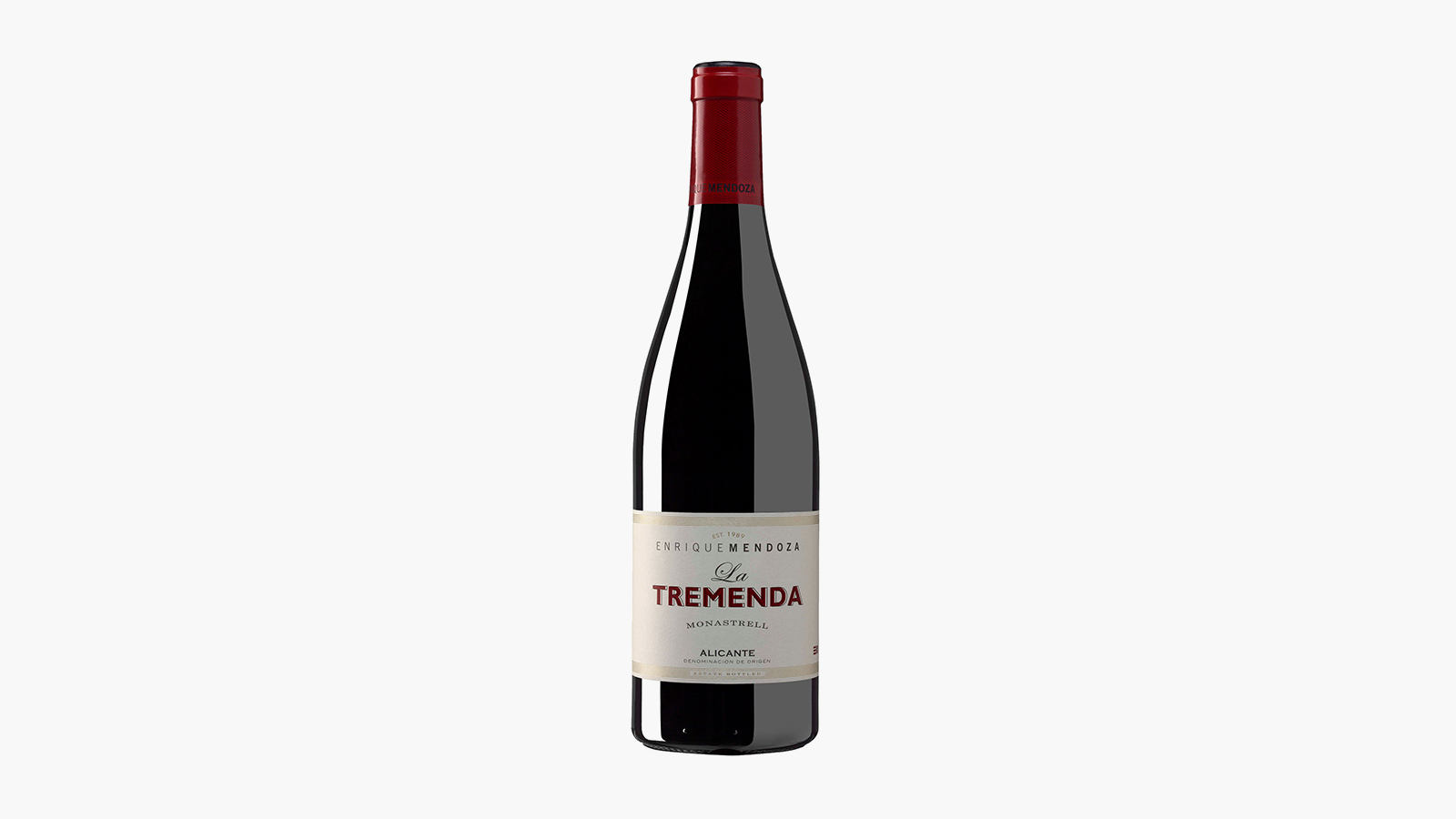
Enrique Mendoza Alicante La Tremenda Monastrell, 2016
Soft, supple, and silky with a zip of acidity and long, herb-sprinkled finish that practically begs to be paired with a home-grilled steak dinner for two.

Bodegas Volver Tarima Hill Old Vines, 2016
A tantalizing combo of ripe fruit, sticky-sweet balsamic, and flowery aromatics.
Malbec
In 2010, Malbec was even hotter than the KFC Double Down and almost as popular as jeggings, but dedicated Cab drinkers don’t always realize how suitable an alternative this French-turned-South American grape can be. Once a prized component in Bordeaux, Malbec floundered due to disease and rot before finding a new, stronger foothold in the high altitude and dry heat of Argentina.
Enjoy it with everything from roast turkey on Thanksgiving to a crostini piled high with herbed goat cheese and roasted red peppers.
The wine typically pours in beautifully vivid shades of inky violet or deep, bordello-esque bluish-red with the pomegranate, blackberry blueberry, black cherry, and plum notes to match. Add to that black pepper, molasses, tobacco, and gravel and you can see a lot of Cab overlap, but where there is a growing tendency to create Cabs that are so big they almost beat a meal into submission, Malbec holds its own while remaining exceptionally food friendly. Enjoy it with everything from roast turkey on Thanksgiving to a crostini piled high with herbed goat cheese and roasted red peppers.
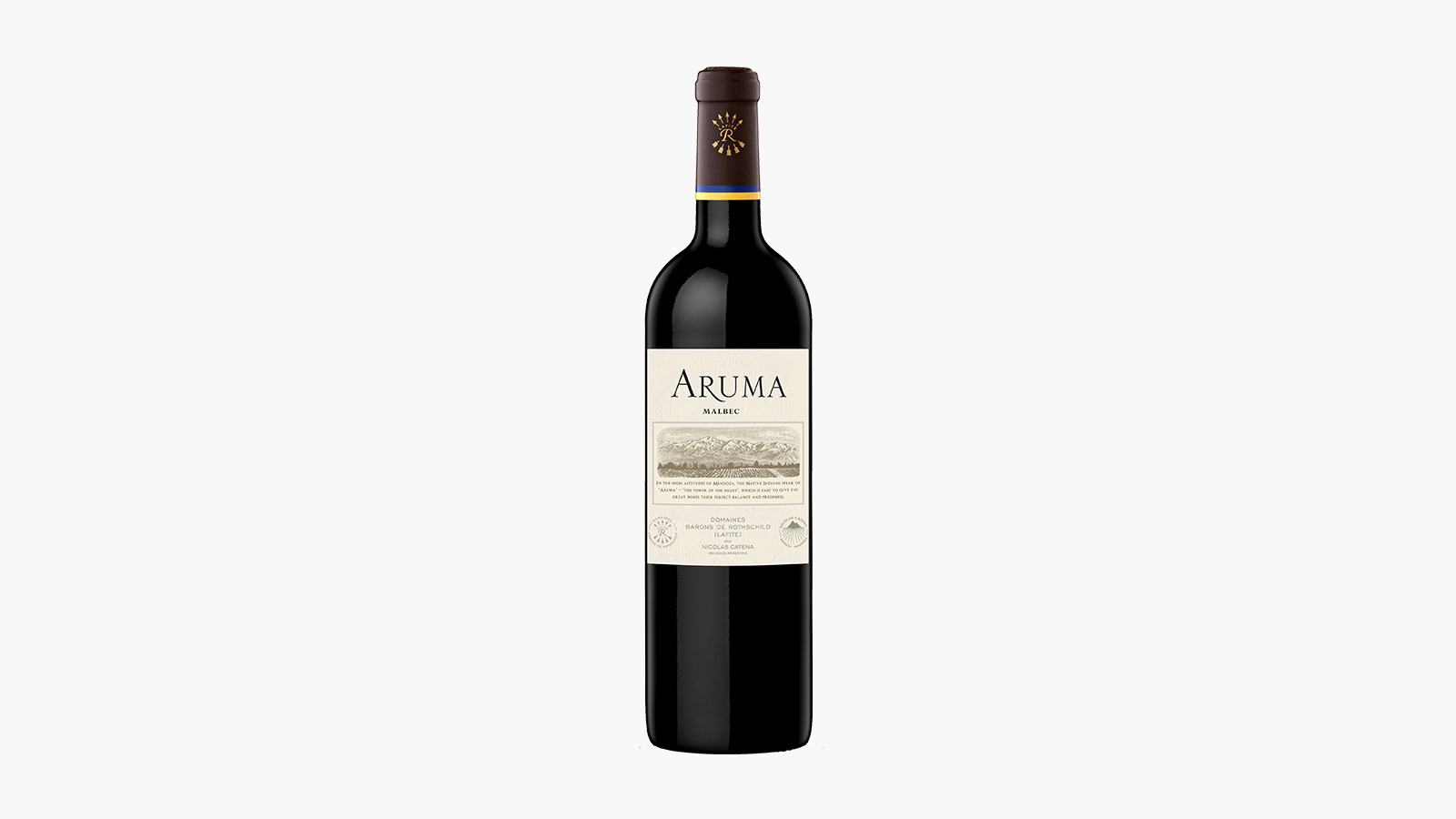
CARO Aruma Malbec, 2017
A well-balanced wine that ditches oak aging to brilliantly showcase the broad appeal of classic Argentinean Malbec. Oh, and it’s a killer price for the quality.

Altocedro Reserva Malbec, 2015
Creamy, rich, intense, complex — a must-try for Cab lovers who are loyal to those fleshy California finds but ready to try something different.
Tempranillo
Tempranillo is an Iberian marvel, found mostly in Spain and Portugal where it’s grown for thousands of years. Despite sharing several qualities with Cabernet Sauvignon, most notably characteristics like cherry, plum, leather, tobacco, and clove as well as a decent dose of tannins, Tempranillo boasts quirky flavors like dried fig and tomato that pull your taste buds into left field.
Tempranillo boasts quirky flavors like dried fig and tomato that pull your taste buds into left field.
You’ll often find Tempranillo sold as Rioja, a structured yet fruity wine that typically sees Tempranillo blended with other grapes such as Garnacha, Mazuelo, and Graciano, but it’s also made in other regions with styles shifting from the dark, powerfully concentrated examples in Ribera del Duero and Toro to the fuller bodied, earthier representations in Castile-La Mancha. Unsurprisingly, it pairs wonderfully with Spanish specialties like irresistibly fatty Jamon Iberico and classic paella and is also a slam dunk served alongside braised beef tacos, tamales, lamb shanks, pizza, and almost any duo of fruit and duck.
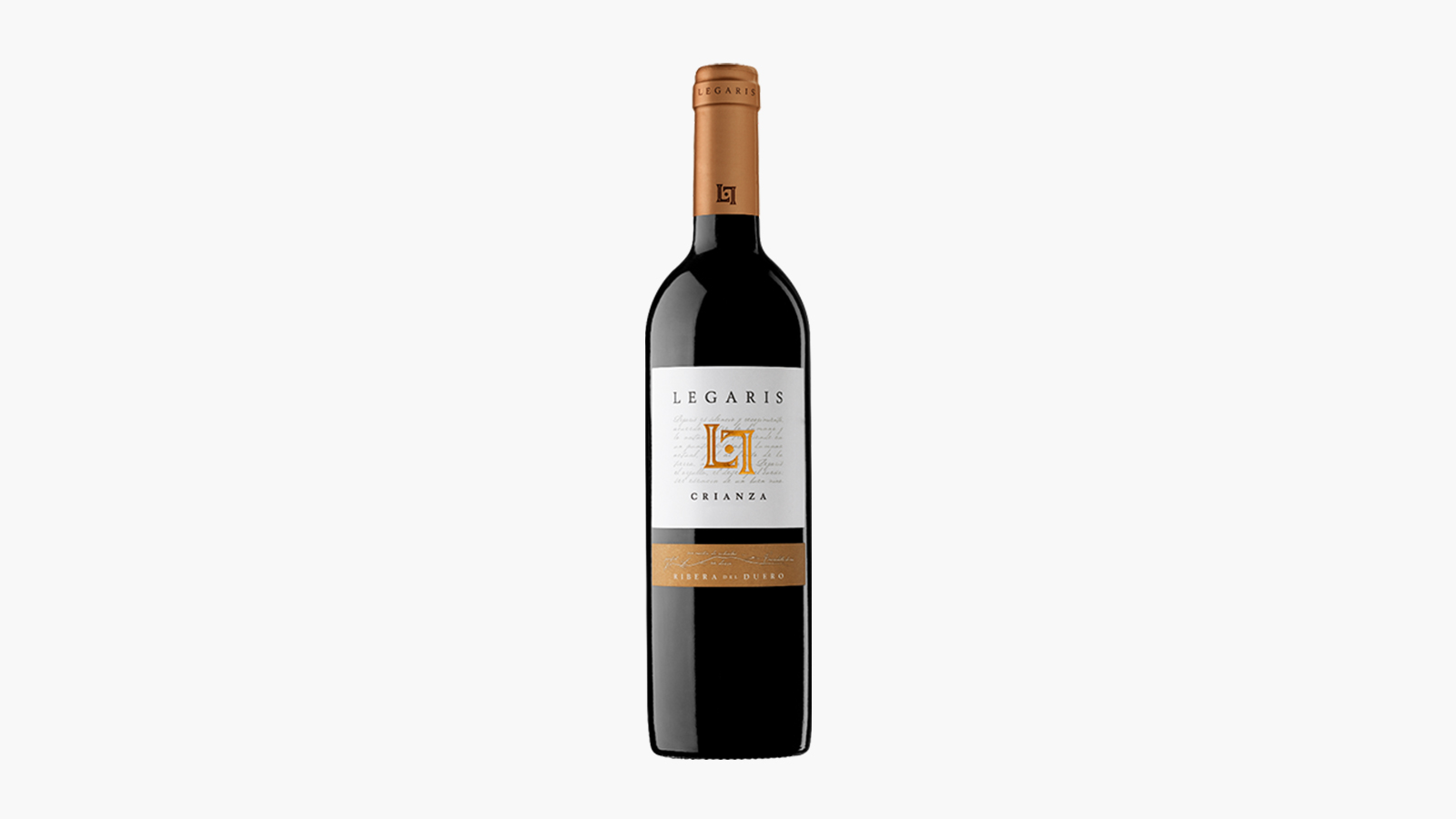
Legaris Crianza, 2014
A sneaky blend of 90% Tempranillo and 10% Cabernet that’s savory with a hint of sweet and expertly balanced.

Artadi La Poza de Ballesteros, 2014
Wine critic James Suckling called this “open and glorious”. Enough said.


